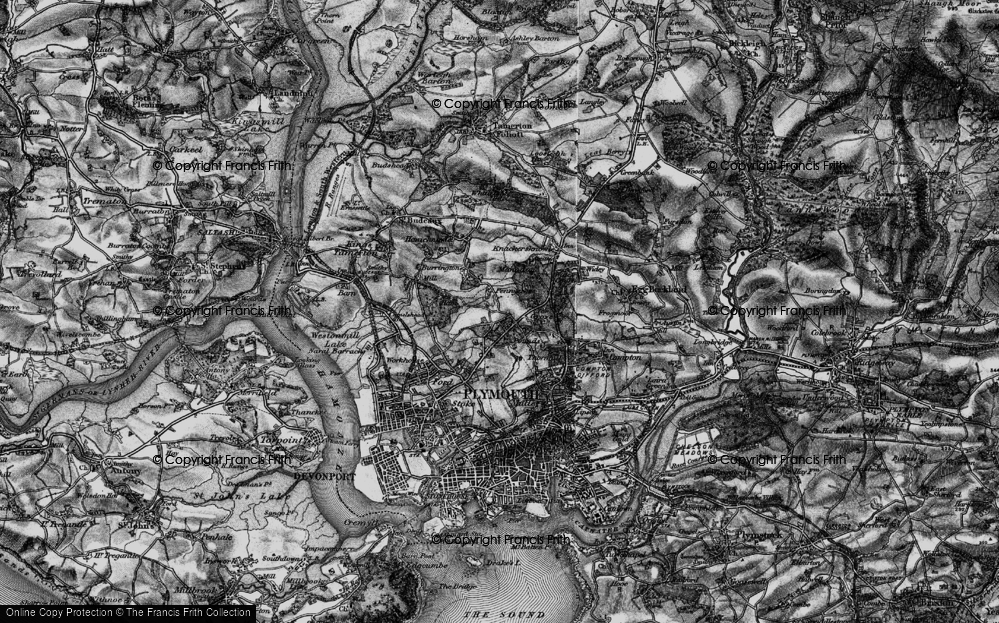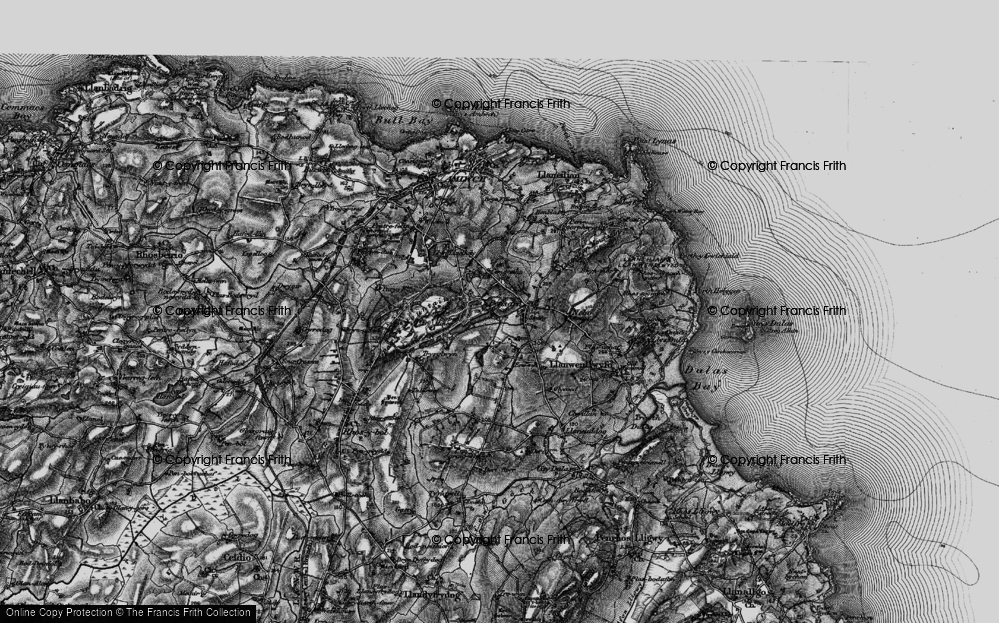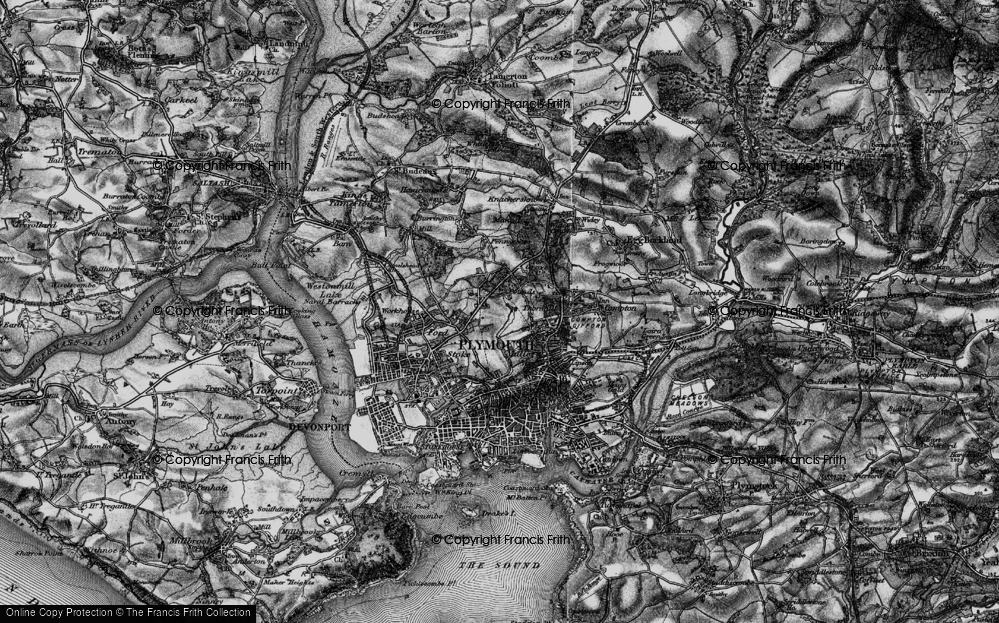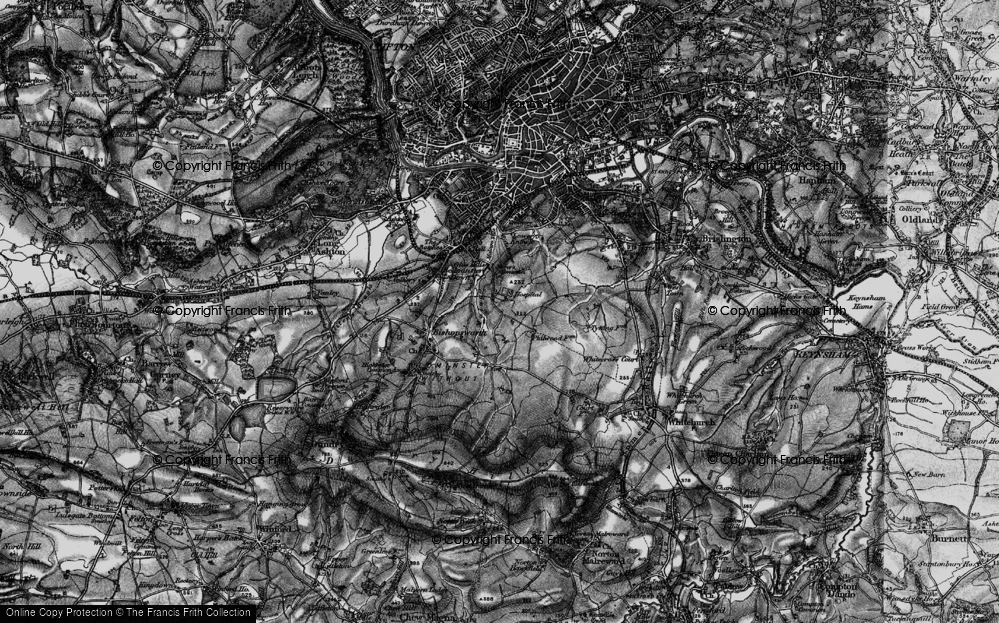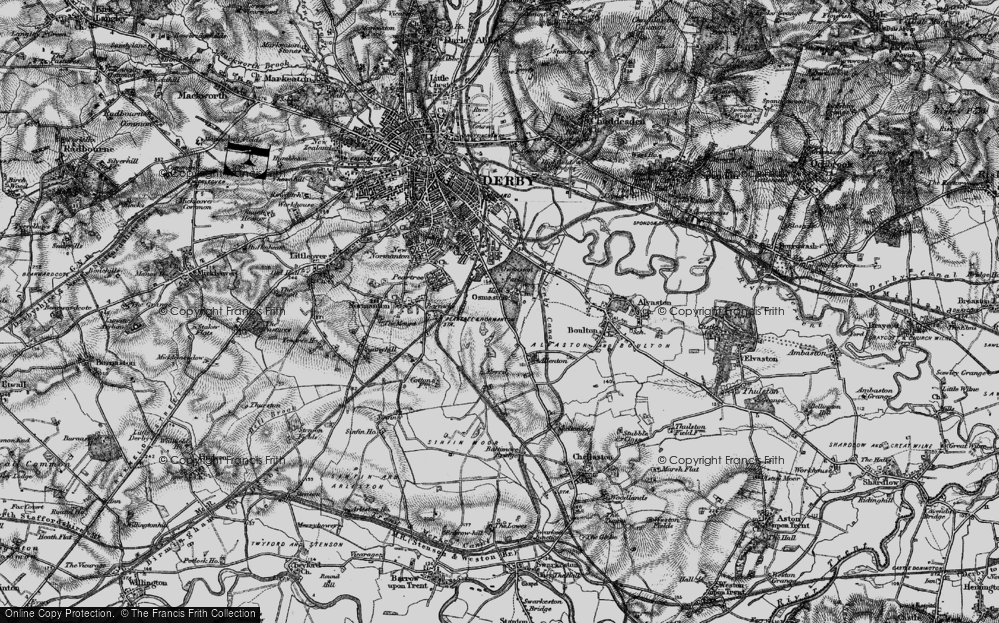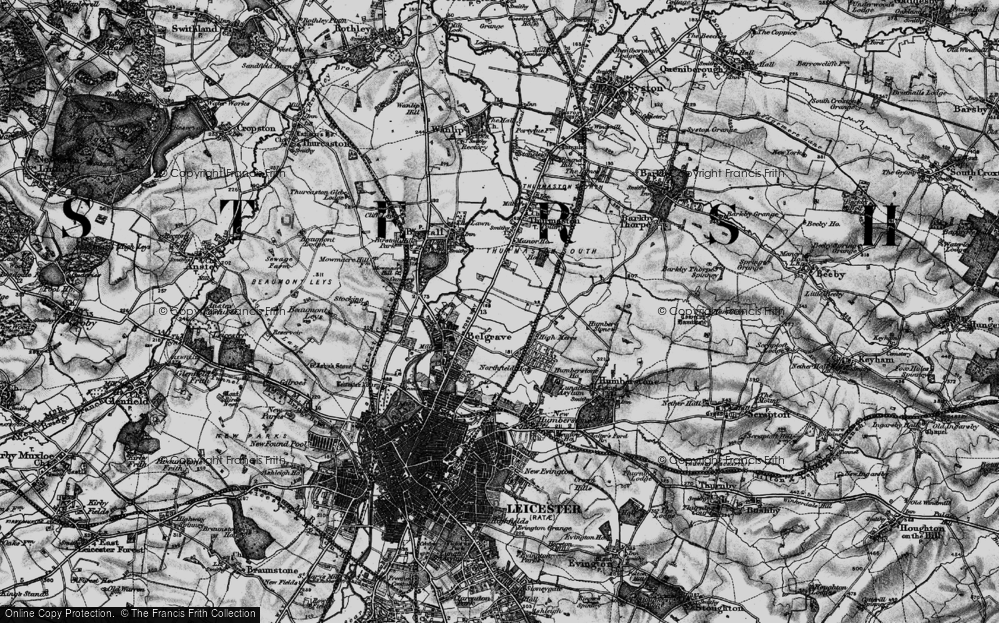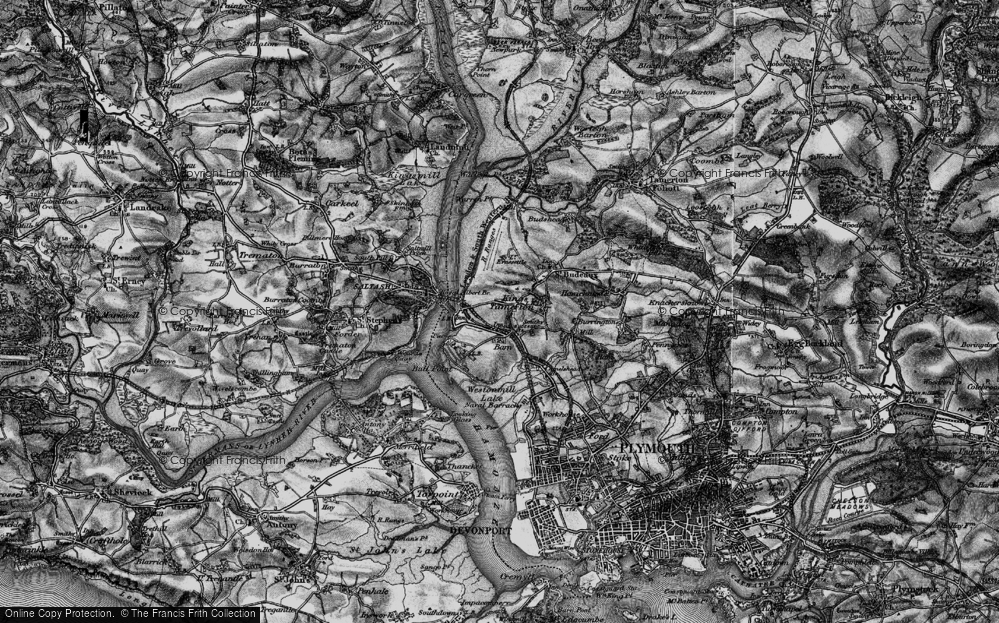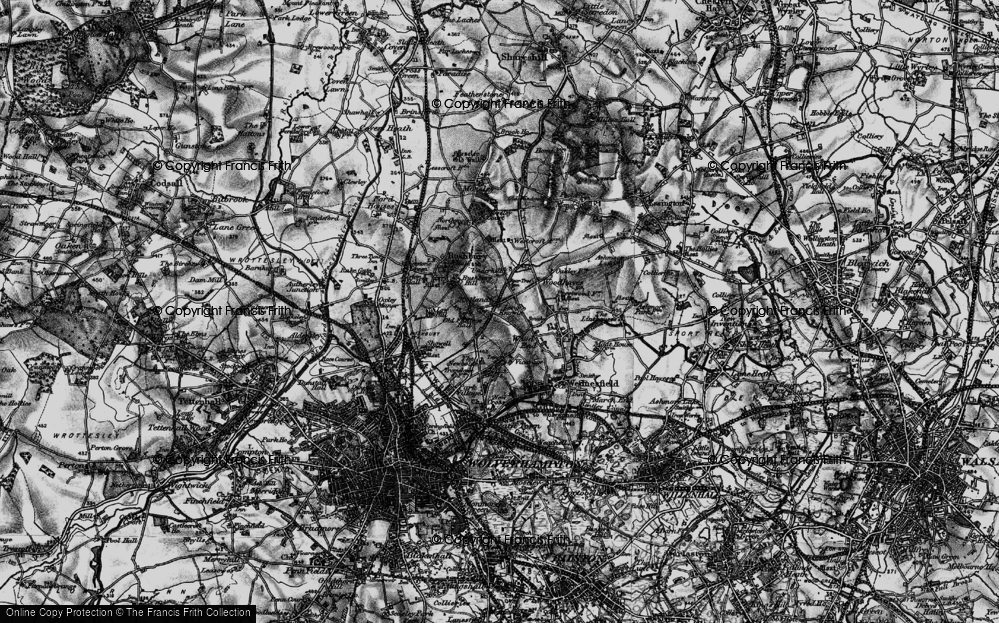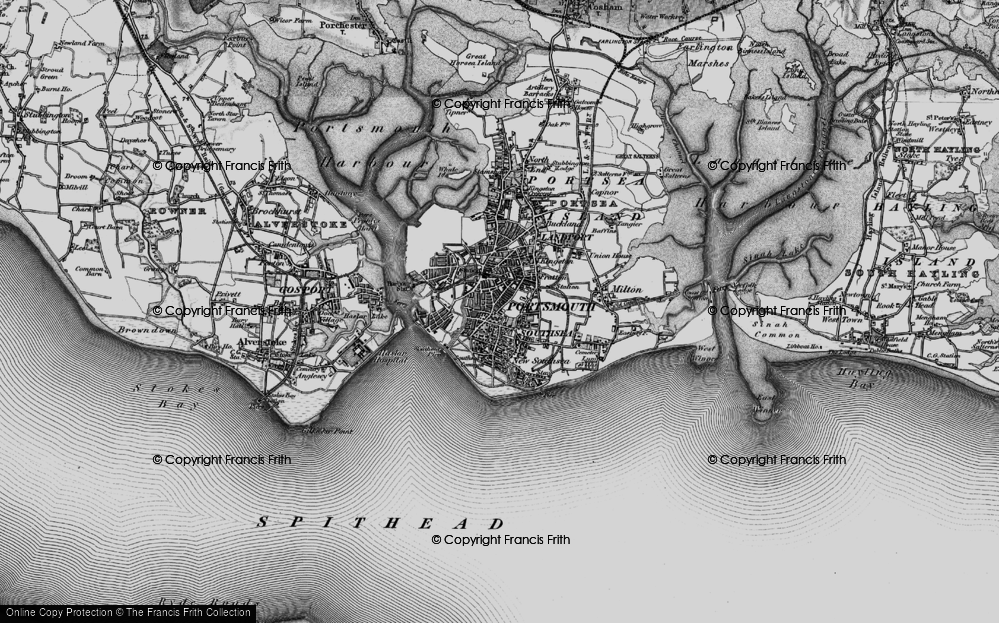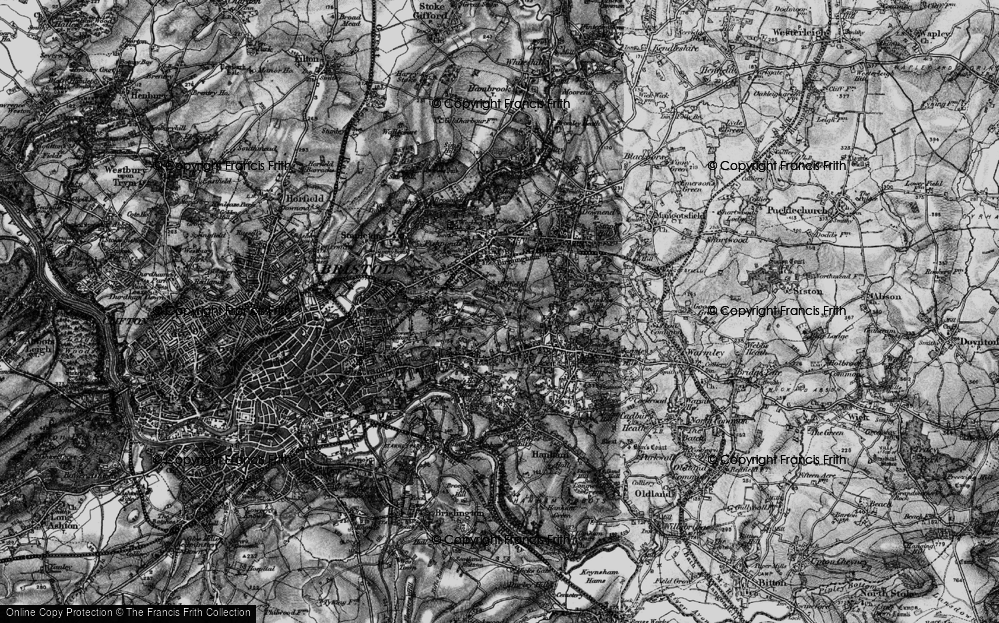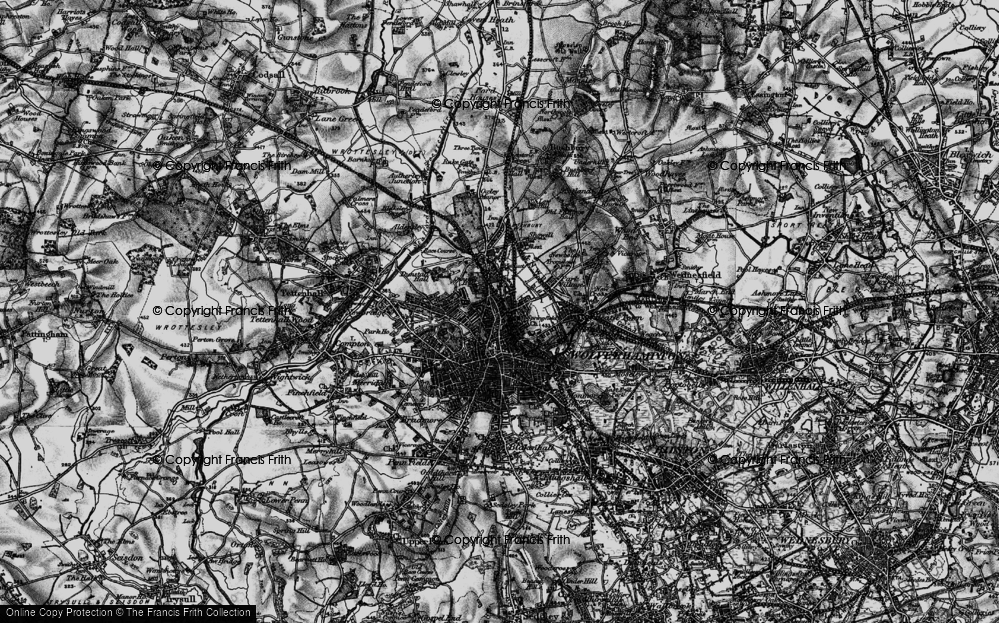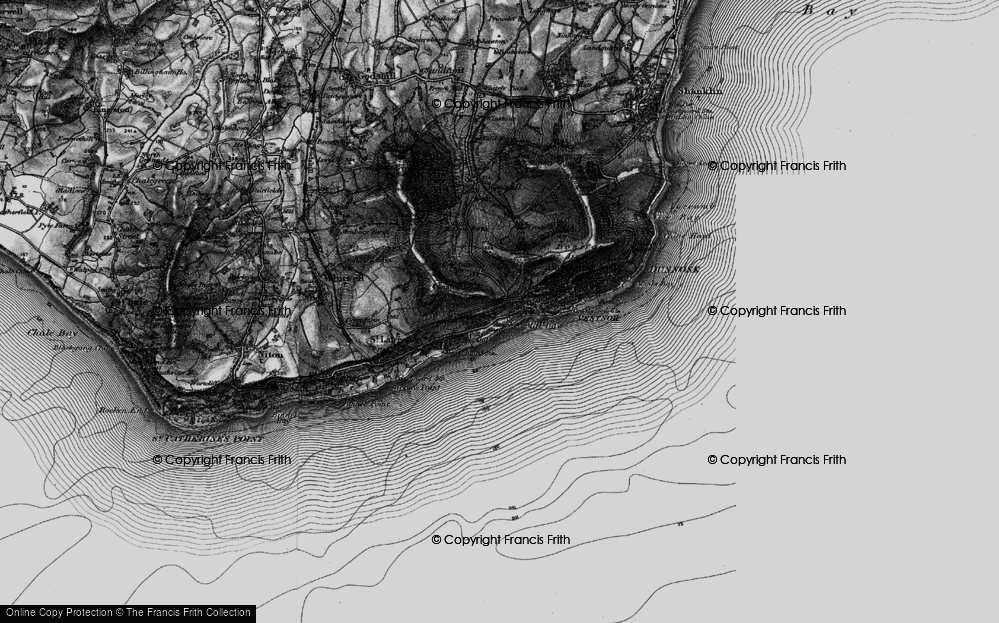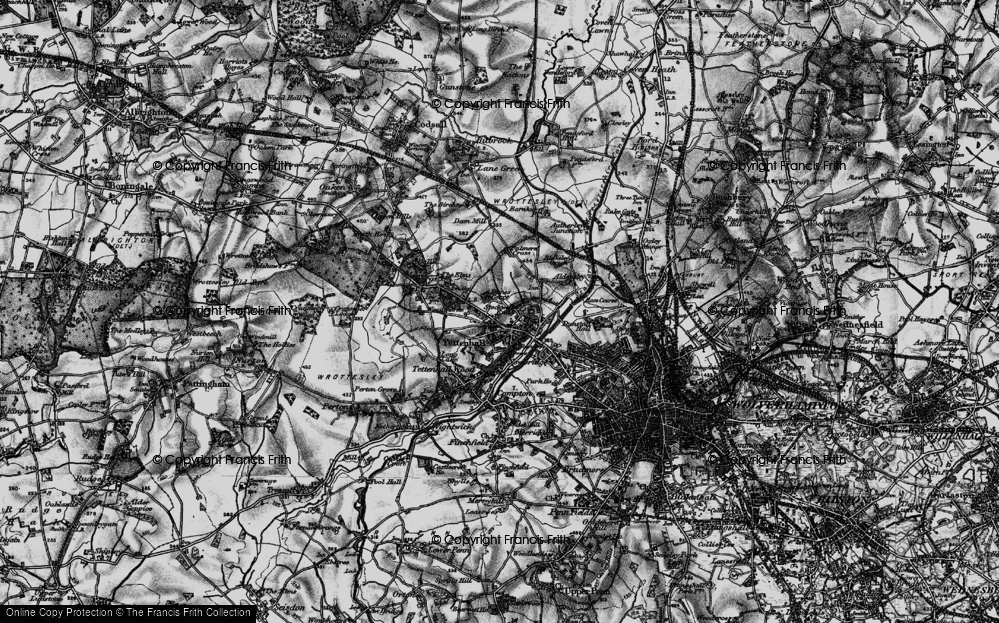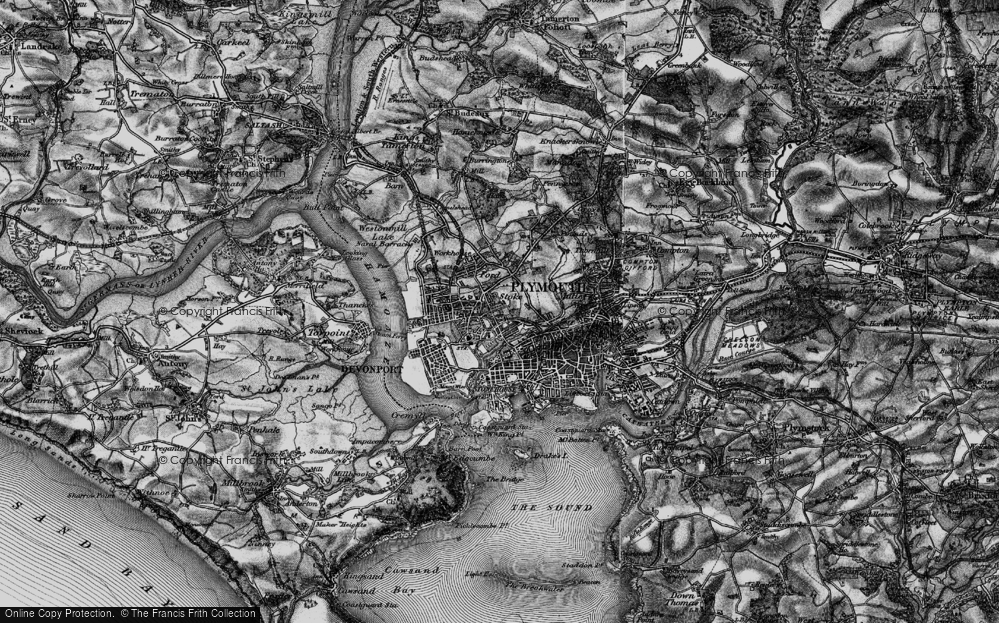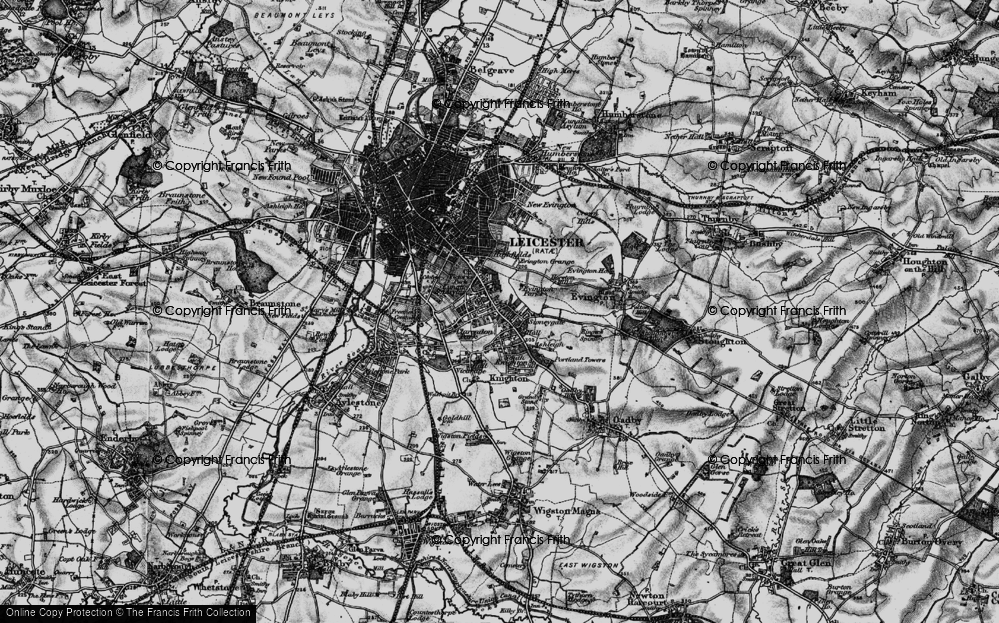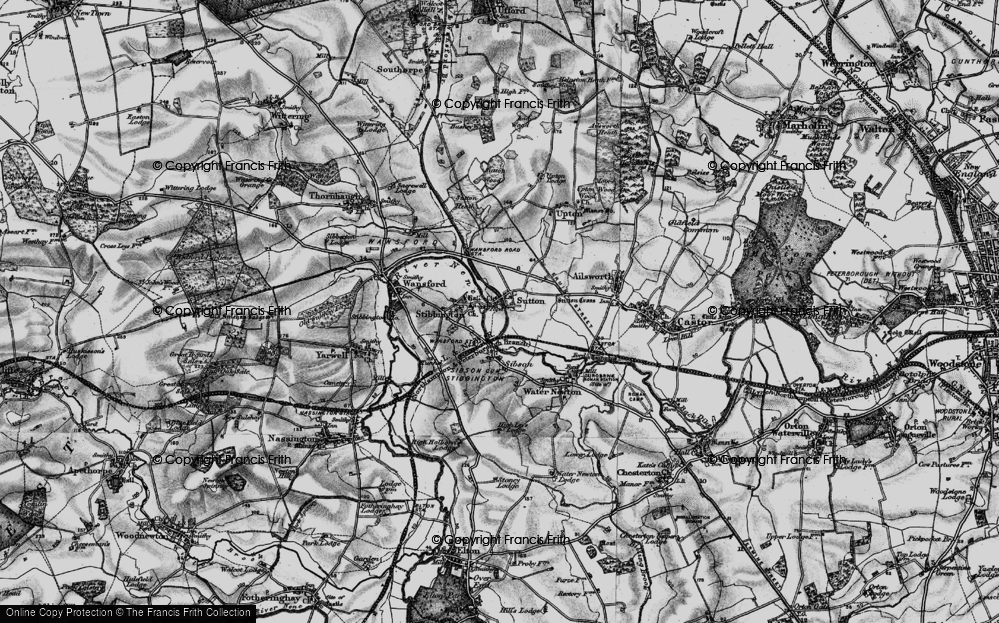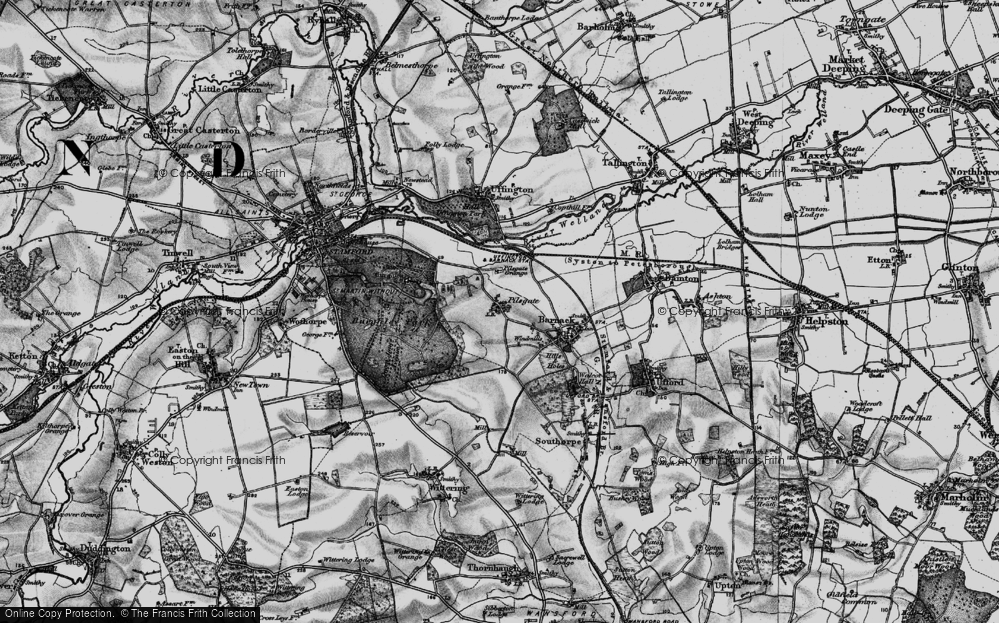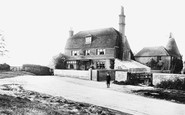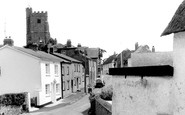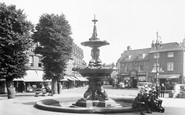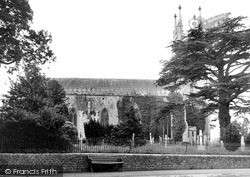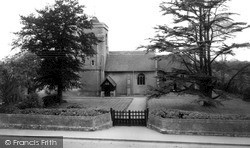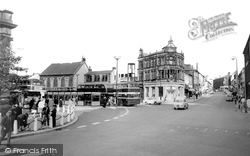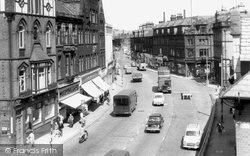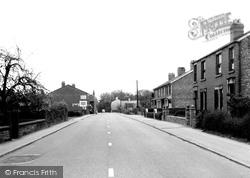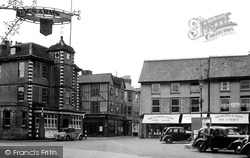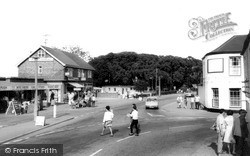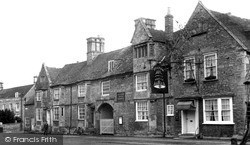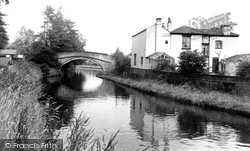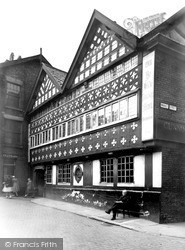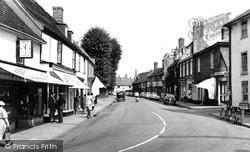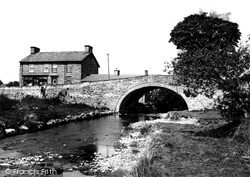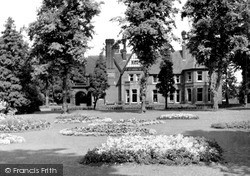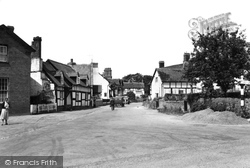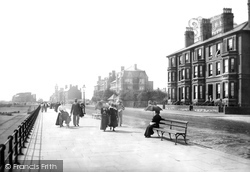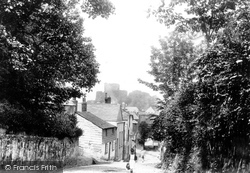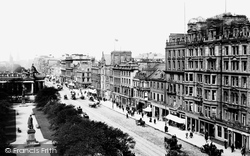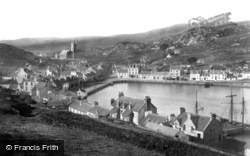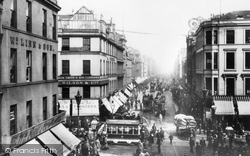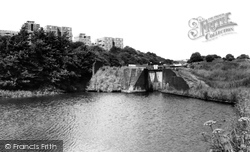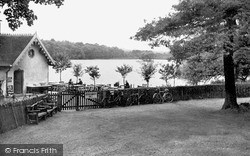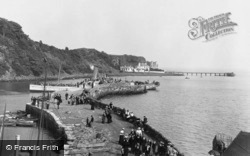Places
36 places found.
Those places high-lighted have photos. All locations may have maps, books and memories.
- Shanklin, Isle of Wight
- Ventnor, Isle of Wight
- Ryde, Isle of Wight
- Cowes, Isle of Wight
- Sandown, Isle of Wight
- Port of Ness, Western Isles
- London, Greater London
- Cambridge, Cambridgeshire
- Dublin, Republic of Ireland
- Killarney, Republic of Ireland
- Douglas, Isle of Man
- Plymouth, Devon
- Newport, Isle of Wight
- Southwold, Suffolk
- Bristol, Avon
- Lowestoft, Suffolk
- Cromer, Norfolk
- Edinburgh, Lothian
- Maldon, Essex
- Clacton-On-Sea, Essex
- Norwich, Norfolk
- Felixstowe, Suffolk
- Hitchin, Hertfordshire
- Stevenage, Hertfordshire
- Colchester, Essex
- Nottingham, Nottinghamshire
- Bedford, Bedfordshire
- Bury St Edmunds, Suffolk
- Aldeburgh, Suffolk
- St Albans, Hertfordshire
- Hunstanton, Norfolk
- Chelmsford, Essex
- Bishop's Stortford, Hertfordshire
- Peterborough, Cambridgeshire
- Brentwood, Essex
- Glengarriff, Republic of Ireland
Photos
9,106 photos found. Showing results 12,901 to 9,106.
Maps
181,006 maps found.
Books
11 books found. Showing results 15,481 to 11.
Memories
29,053 memories found. Showing results 6,451 to 6,460.
I Played Piano At The Swan
I was directed to this site by a friend who was convinced one of the contributors must have been my brother, because it mentioned that his father ran a fish stall in South Harrow Market (our father did) and how ...Read more
A memory of South Harrow by
Post War Brownsover
From the late 1940's to 1969 I remember this area as part housing, part prefabricated homes because of the war. Many old features were still around like barges carrying coal on the Oxford canal, the old disused mill, the ...Read more
A memory of Brownsover by
Edward Jones Of Nannerch
Not so much a memory, more an ancestral bond. My great great grandfather, Edward Jones, was born in Nannerch in or about 1803. A long time ago!I don't know how long he remained there but I do know he moved to Anglesey for ...Read more
A memory of Nannerch by
The Boy On The Saw
Well it should be between 1945 to 1954, that is when we were at the Bower, I see my brother has been here before me. If any of you have seen the Saturday book, I'm the boy doing the sawing behind the barn. I would love to come back sometime and see how things are the same or not.
A memory of Hever in 1950 by
Rectory Cottage
To be honest the year is a little vague to me now, but it would have been around the mid-fifties that I have my first memories of Rectory Cottage. I was brought up in England, but my father John Elwyn was born there and my ...Read more
A memory of Llangattock in 1956 by
A Ramble In The Dunsford Nature Reserve And Lunch In The Royal Oak
Today I joined a group of friends on an organized ramble through the Dunsford nature reserve run by the Devon Wildlife Trust. My friends are all dancers and musicians with ...Read more
A memory of Dunsford in 2010 by
After The War In Eltham Park
I can remember after the war I was 3 and my sister was 1, we lived with our mum and dad in a nissan hut with a corrugated roof in Eltham Park. My dad made it beautiful with bedrooms and a living room. We had a log stove ...Read more
A memory of Eltham in 1946 by
Holidays In Amble
My name is Carol Kemp nee Joyce and I was born along the links in a cottage there back in 1944. My mother was called Edna Pile and her mother was Mamie Pile, my Gran, who lived in Amble all her life. I have very fond memories of ...Read more
A memory of Amble in 1948 by
Summer Holidays
My grandparents lived in this village and I have many memories of my visits to the village as a child. One highlight was the walk down the lane to catch the bus to Penzance. Walking across the lane to the ...Read more
A memory of Trewoon
Quality Of L Ife
I was born in Beaconsfield in 1946, but grew up in Micklefield, Melbourne Road to be exact. Oh what lovely memories I have! Walking in Kings Woods with my father and picking bluebells; buying a threepenny bag of chips and ...Read more
A memory of High Wycombe in 1952 by
Your search returned a large number of results. Please try to refine your search further.
Captions
29,158 captions found. Showing results 15,481 to 15,504.
This church was built as part of the 'suburban' church movement for dealing with the expanding industrial towns of Wiltshire.
The Church of the Holy Saviour was built between 1876 and 1880 with money raised by the Phipps family, who had been connected to the woollen industry since the 17th century.
The Market Hall is just visible on the left, and the area beside it still serves as the town's main bus terminal.
Imposing 19th-century buildings line one of Bury's main streets, which leads from the town's parish church, St Mary's.
During the 17th century, one of the country's first paper mills was built in the village, a far cry from Euxton's industrial role in the 20th century, when a munitions factory began production here
The parish church of St Mary Magdalene is all that remains from the original village centre.
The buildings on the left are still there, including the timber-framed building, which still has an estate agent's occupying the ground floor.
This part of the village has not changed: the Ship pub is still there on the right, and the line of little shops still stands on the left, but all with different owners.
In 1810, Lewis Tregonwell built a holiday home on lonely heathland, close to the mouth of the tiny River Bourne.
This famous coaching inn was one of 14 inns or ale-houses in the village in the 19th century.
The Bridgewater canal, built between 1759-1776, was a key transport network of the early Industrial Revolution, linking Manchester to Runcorn and carrying freight and passengers.
Built in 1561 in the reign of Queen Elizabeth I, the half-timbered Barley Mow Inn is the one constant factor in Warrington's old Market Place.
The two shops on the left were both Morley's, one a clockmaker's, the other an ironmonger's. The tree is at the east end of the churchyard.
Pontrhydfendigaid means 'bridge of the blessed ford', and this is that bridge. By it is the village shop.
This beautiful old mansion house in Luton's Wardown Park houses a wide variety of standing exhibits - and the curators have an extensive programme of temporary events to hold the visitor's interest.
Although Arthur Conan Doyle set his novel 'The Hound of the Baskervilles' in Dartmoor, he got his inspiration here – the Baskerville family once owned Eardisley's castle and the story of the black
The Marine Gardens below the iron railings on the left are now taken up by the Embassy Centre and the Compass Gardens, whilst the row of boarding houses on the right are converted to food and drink businesses
Race Hill was once the main road into Launceston from the south; it leads down to the South Gate, which is the last remnant of the old town walls.
At the turn of the 20th century Princes Street boasted a number of hotels. The most expensive to stay at was the North British at Waverley Station.
This is an inlet of Loch Fyne.
THE ACT OF UNION in 1707 was bitterly reviled at the time, and even for many years afterwards - Robert Burns echoed popular sentiment when he dismissed the Scottish commissioners with the lines
This decrepit-looking lock (now expertly restored) is part of Delph Ninelocks, a spectacular piece of canal engineering on Dudley No 1 Canal.
Bracebridge Pool was formed around 1420 and leased to Sir Ralph Bracebridge at a yearly rent of £10 or 120 bream.
A packed steamer is kept firmly alongside the pier as the Master on the bridge plots her progress carefully. She is either about to put warps ashore or has just taken them aboard.
Places (6814)
Photos (9106)
Memories (29053)
Books (11)
Maps (181006)


